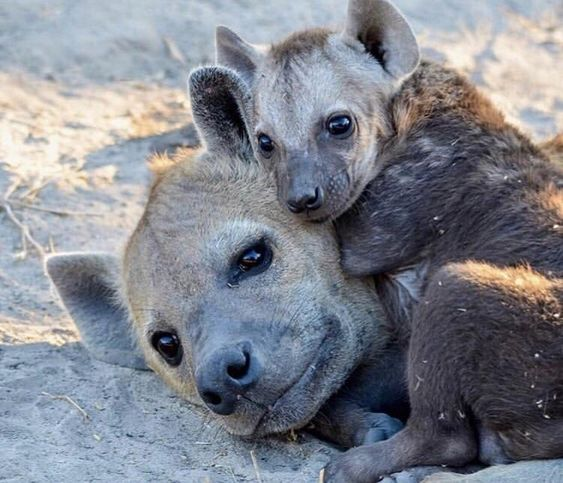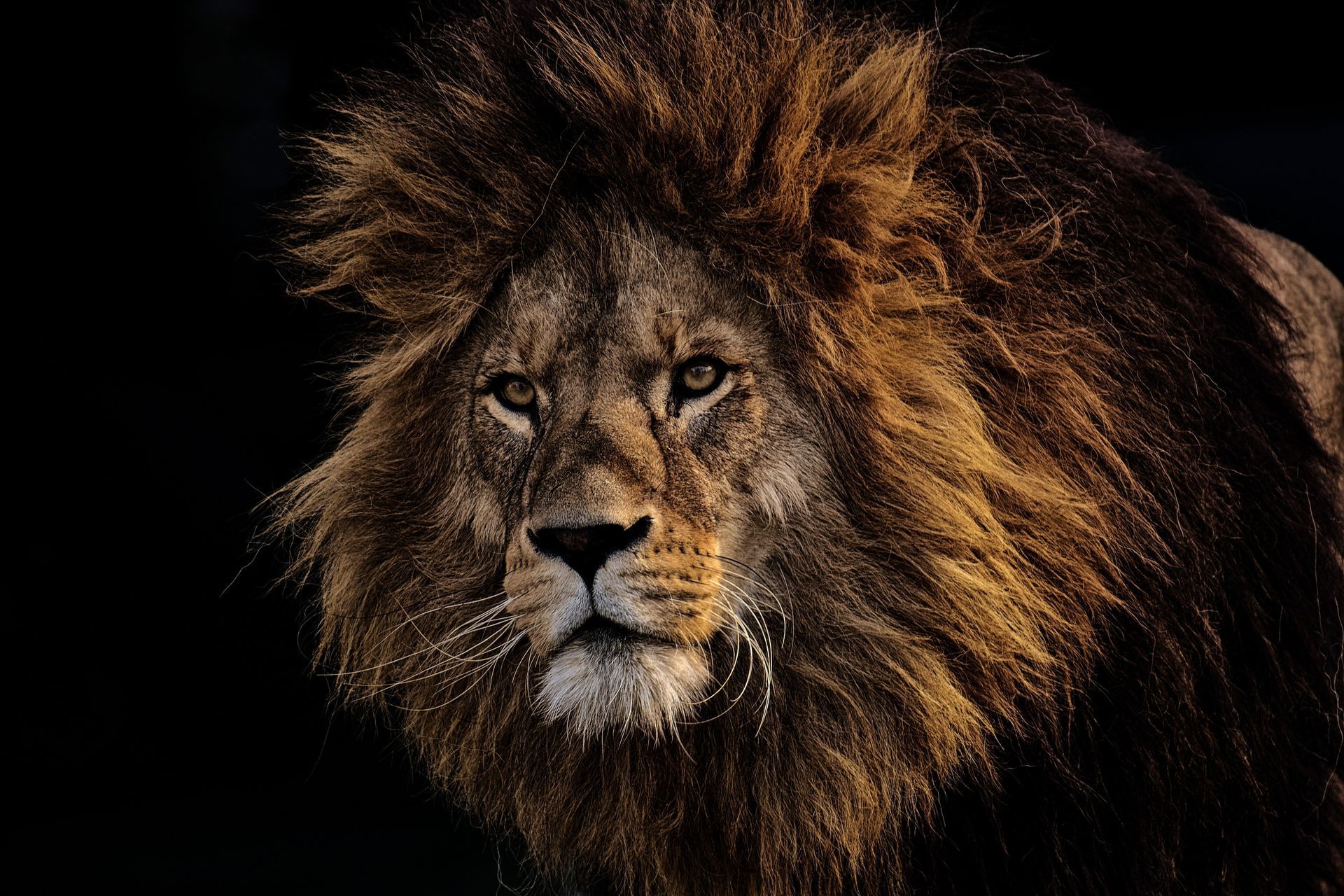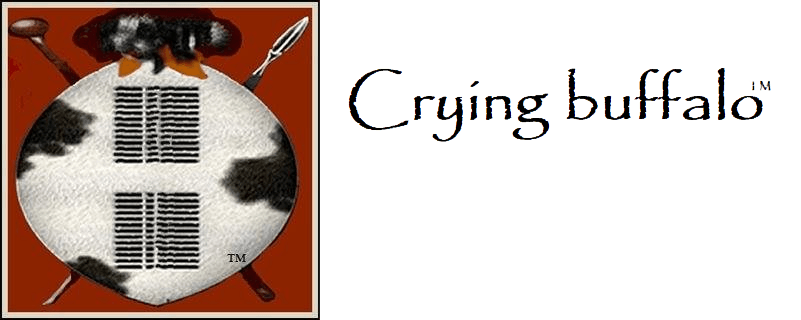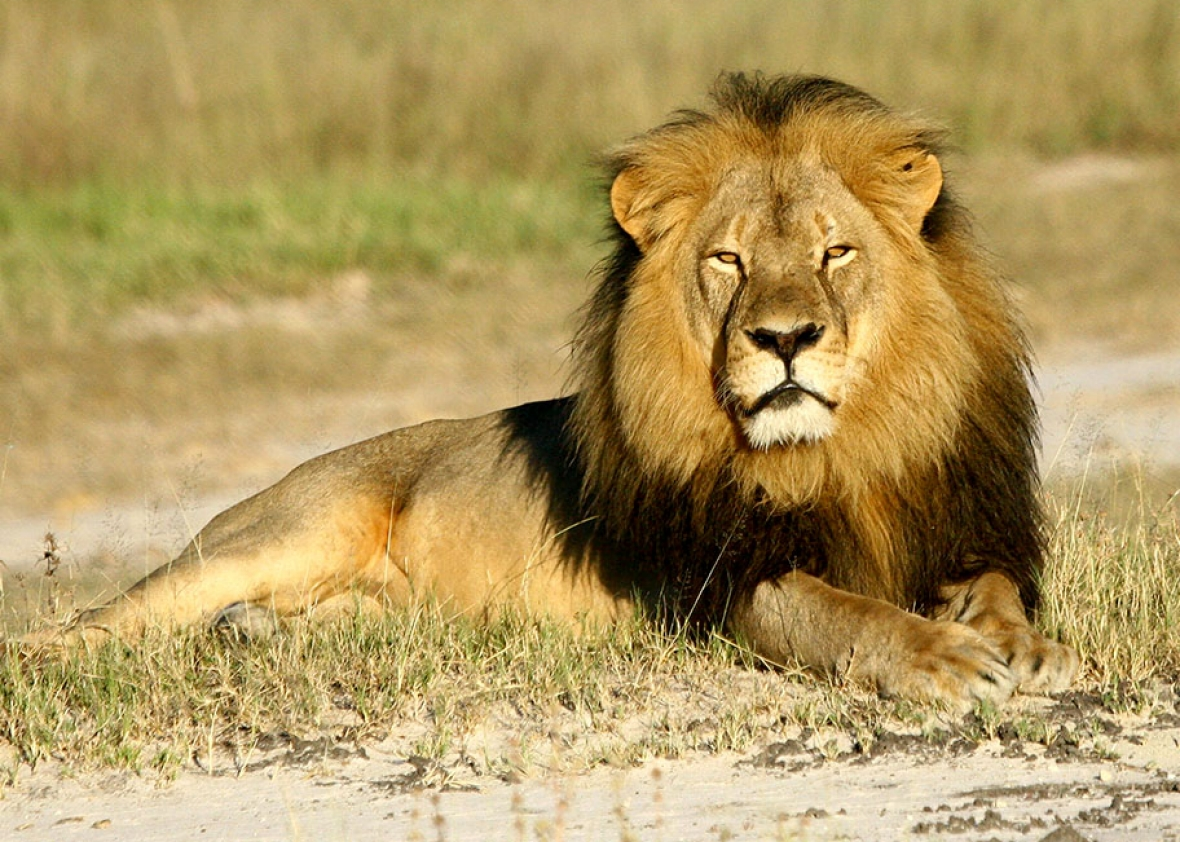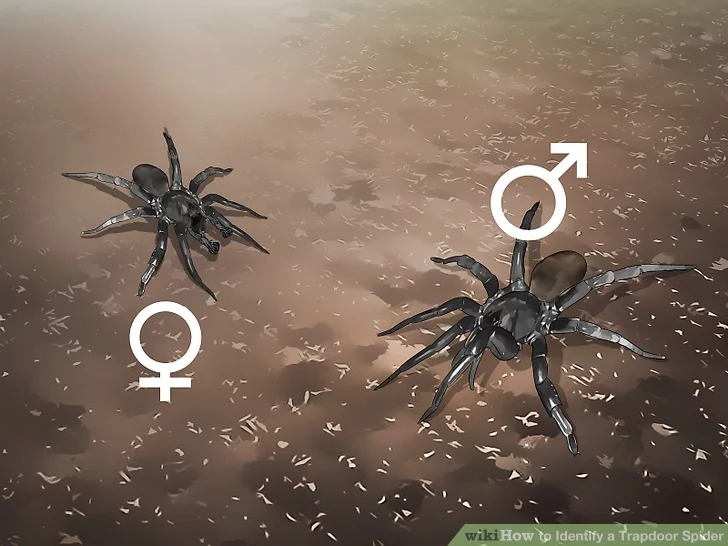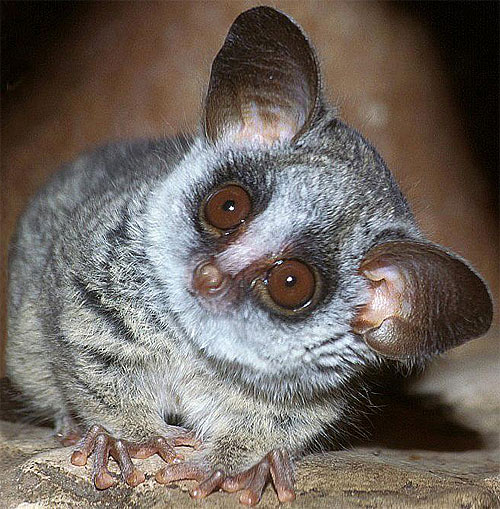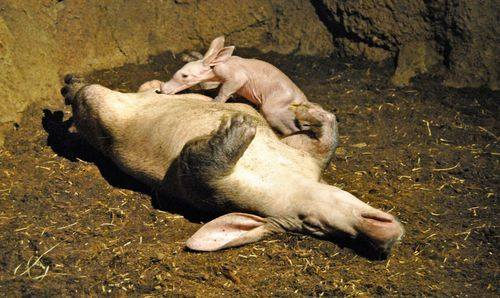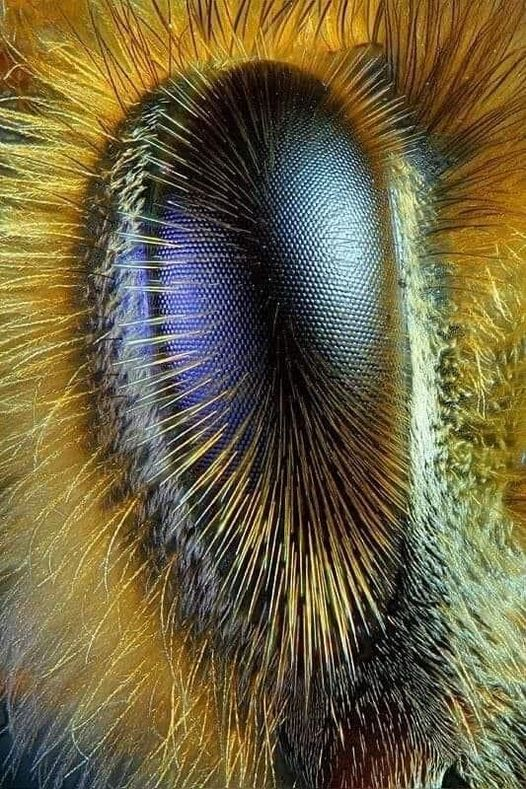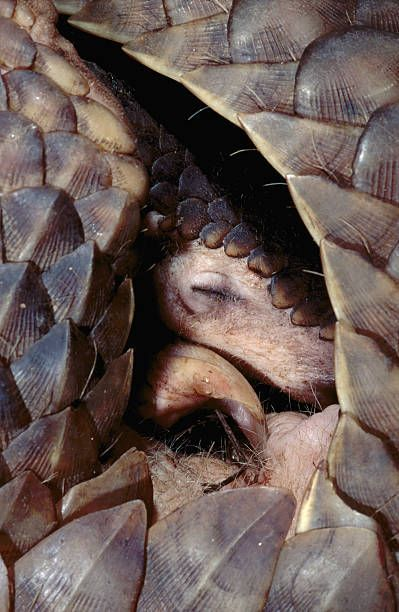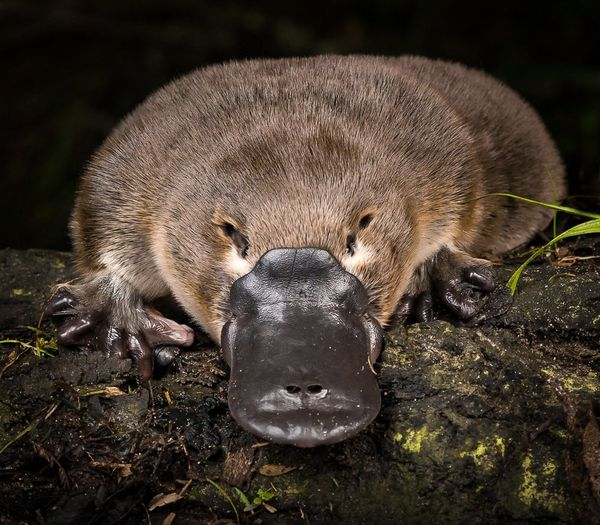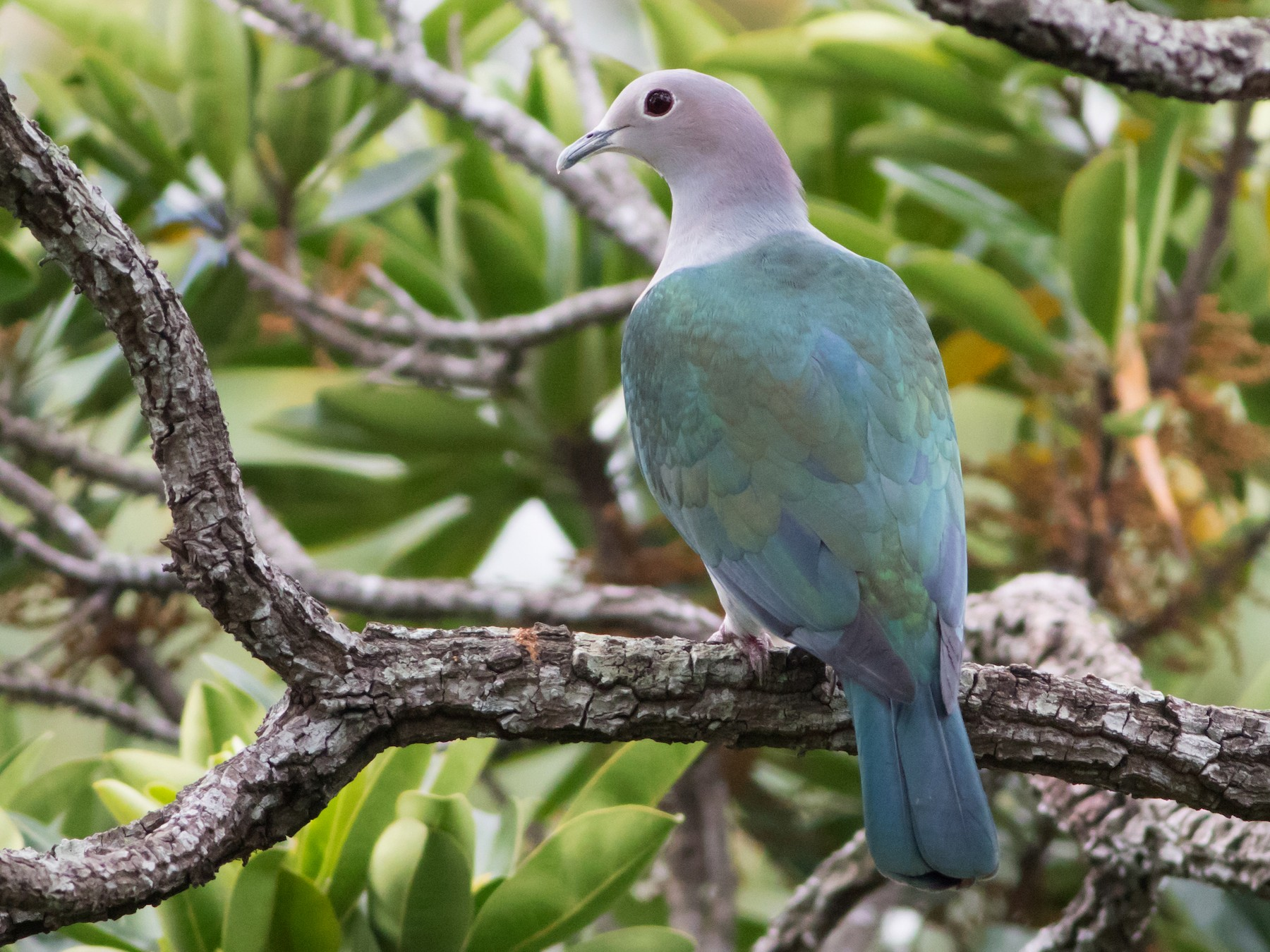An Elephant's Skin
Awful and shocking photo, I know, but please read further:
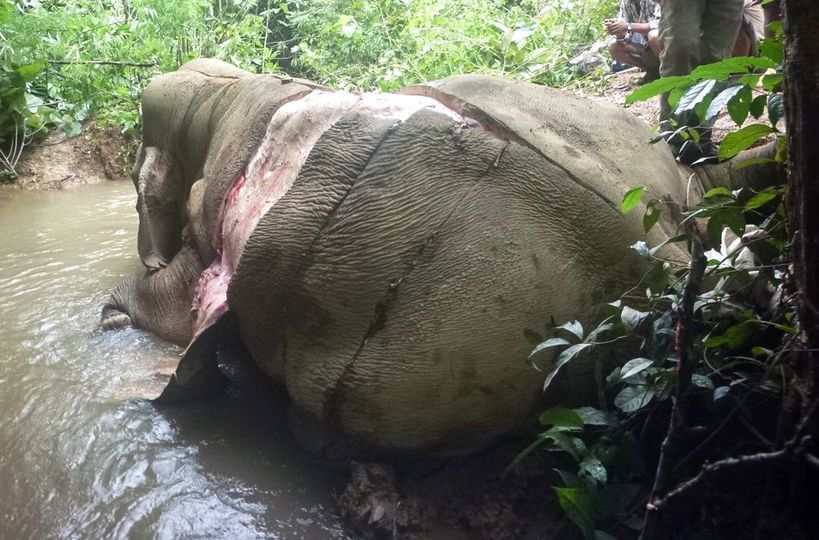
Photo credit: © Myanmar Government New Paragraph
Skin needs to be pliable (able to move, like stretch) to work well. Often this pliable skin is described as 'soft' skin. To us, some skins are not soft to our touch, but in essence we are physically soft and tender creatures (no matter how tough you try to make yourself) so tend to lean/view on the extreme side of softness – not the case with many other animals.
An elephant's skin does not feel soft to our touch, but it is likely soft to them. Skin is an organ, a breathing organ besides other beneficial qualities, and as an organ it is essential to the survival of an animal – it must work well besides being a great barrier against outside elements and stop all the insides falling out it also performs many other vital body functions so it is important for an animal to keep it in good condition to ensure it works well, and the elephant is no exception.
Most animals are lucky enough to have glands to feed oils to keep that important barrier (skin) soft and pliable, but an elephant doesn't have those (by the way, its skin is about 2.5cm thick in most places). This is one of the reasons why they need to roll in mud to keep that skin elastic [to a degree]. So, a confined elephant needs to do this – imagine how encumbering and painful cracked and dry skin can get...
- A horrible photo but a sadly a necessary one as this shows the ever-increasing horrors inflicted on wildlife to falsely benefit humankind. The Asian market is using elephant skin for traditional medicine, mostly Chinese traditional medicine. As Asian elephants are not as 'ivory-rich' as African elephants, they will never escape the madness of some men. Here is an example of another growing reason for poaching: Their skin.
- By the way, reputed to also be used for commercial use, e.g. Shoes and boots.
